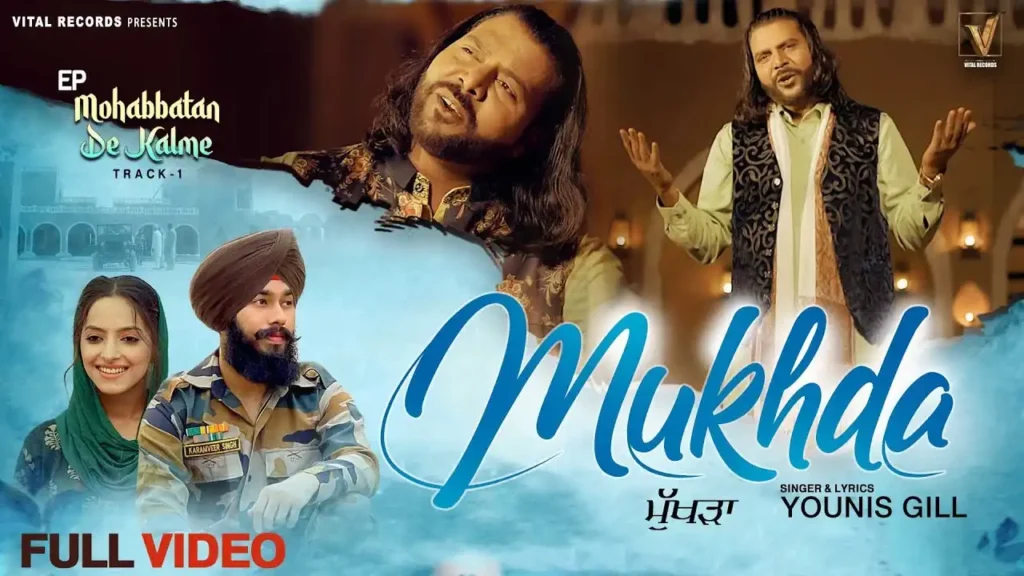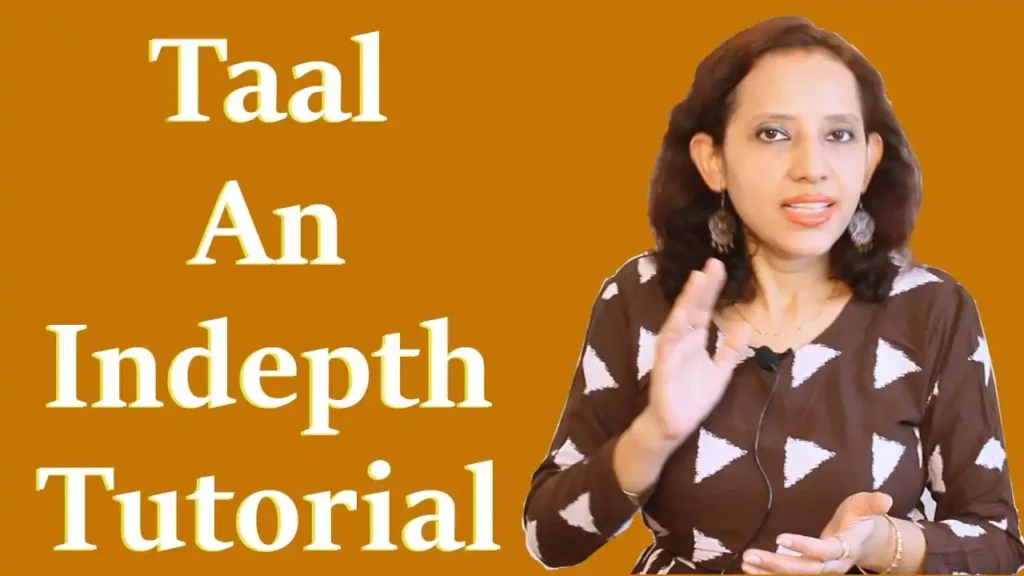The Three Parts Of A Song In Hindustani In the realm of Hindi film music, the introduction, often referred to as the ‘mukhda‘ or ‘prelude‘, is the initial musical segment that precedes the main verses or ‘antara‘. It serves as a crucial building block, establishing the mood, tempo, and overall character of the song.
The Purpose of an Introduction
Setting the Tone: The introduction is like a painter’s first brushstroke, setting the emotional tone of the song. Whether it’s a romantic ballad, a foot-tapping dance number, or a melancholic lament, the introduction immediately conveys the intended mood.
Introducing the Melody: It introduces the primary melody line, often played by a solo instrument like a flute, violin, or guitar. This melody becomes the backbone of the song, recurring throughout the verses and chorus.
Building Anticipation: A well-crafted introduction builds anticipation, leaving the listener eager to hear the full song. It’s like a teaser, promising a captivating musical experience.
Establishing the Musical Landscape: The introduction paints a sonic picture, utilizing various musical instruments, rhythms, and harmonies to create a distinct musical landscape.
The Three Parts Of A Song In Hindustani: Common Elements of a Hindi Song Introduction
Musical Instruments:
Lead Instrument: A solo instrument, often a melodic one like a flute or violin, takes the lead, introducing the main theme.
Rhythmic Instruments: Percussion instruments like the tabla, dholak, or drums provide the rhythmic foundation, setting the tempo and groove.
Harmonic Instruments: Instruments like the harmonium, keyboard, or guitar create the harmonic framework, providing the underlying chordal structure.
Vocal Styles:
- Acapella: The introduction may begin with a vocal phrase, either sung or spoken, setting the lyrical and emotional tone.
- Instrumental Prelude: The introduction may be entirely instrumental, building anticipation before the vocals enter.
- Combination of Vocals and Instruments: A blend of vocal and instrumental elements can create a dynamic and engaging introduction.
Lyrical Themes:
Setting the Scene: The lyrics often establish the setting, whether it’s a picturesque location, a specific time period, or a particular emotional state.
Introducing the Characters: The introduction may introduce the main characters and their relationship dynamics.
Thematic Statements: It may convey the central theme of the song, whether it’s love, loss, joy, or sorrow.
Classical Music:
- Traditional Structure: Sthayi, Antara, Sanchari, Abhog.
- Dhrupad: Strict adherence to the four-part structure.
- Khyal: Reduced to two parts (Sthayi and Antara) for greater improvisation.
- Mukhda: Repeated first line of Sthayi, signaling the end of a musical phrase.
Non-Classical Lyrics:
- Common Structure: Sthayi and Antara.
- Regional Variations:
- Western India: Two-part structure (Sthayi and Antara).
- Eastern India (Bengal): Four-part structure (Sthayi, Antara, Sanchari, Abhog) is prevalent in both old and new compositions.
- Ideal Lyric: Adheres to the traditional four-part structure for a complete musical experience.
The Soul of a Song: Understanding the Mukda

Ever wondered why certain song lyrics stick in your head, replaying on repeat? That’s often the magic of the mukda. In the world of Three Parts Of A Song In Hindustani, particularly Bollywood and regional film music, the mukda is the core verse of a song. It’s the melodic and lyrical heart that sets the tone for the entire composition.
The Role of the Mukda
Think of the mukda as the introduction to a story. It lays the foundation for the emotions, themes, and narrative that will unfold. It’s the part that captures your attention, draws you in, and makes you want to listen more.
A well-crafted mukda:
- Sets the Mood: It establishes the emotional tone, whether it’s joyous, melancholic, or romantic.
- Introduces the Theme: It hints at the central idea or message of the song.
- Memorability: Its catchy melody and relatable lyrics make it easy to remember.
The Anatomy of a Mukda
Let’s delve deeper into the elements that make a mukda so compelling:
- Melodic Structure:
Simple and Catchy: A strong mukda often relies on a simple, memorable melody.
Raga-Based: Indian classical music heavily influences film music. The choice of raga can significantly impact the mood and emotion.
Note Patterns: The repetition of specific note patterns creates a sense of rhythm and familiarity.
- Rhythmic Patterns:
Tala: The rhythmic cycle or tala provides the backbone of the song. A well-chosen tala can add energy and dynamism.
Bol Taal: The synchronization of lyrics with the rhythmic pattern enhances the musical experience.
- Lyrical Themes:
- Universal Emotions: Love, loss, longing, and joy are common themes that resonate with listeners.
- Poetic Devices: Metaphors, similes, and alliterations can elevate the lyrics.
- Simplicity and Clarity: Clear and concise lyrics are easier to understand and remember.
- By understanding the intricate interplay of these elements, you can appreciate the artistry behind a great mukda.
In Indian classical music, the antara is a melodic interlude that follows the main theme, or mukda. It’s a space for musical exploration, where the composer and performer can deviate from the established pattern, introducing new melodic ideas, rhythmic variations, and emotional nuances.
Comparison of Song Structures: Hindustani Classical Music vs. Modern Pop Music
| Feature | Hindustani Classical Music | Modern Pop Music |
|---|---|---|
| First Part | Sthayi | Verse |
| Second Part | Antara | Chorus |
| Third Part | Sanchari | Bridge |
| Focus | Melodic exploration, improvisation, and emotional expression | Catchy melody, rhythmic drive, and lyrical content |
| Structure | Flexible, often improvised | Structured, with repeated sections |
The Role of the Antara
The antara serves several key functions in a song:
Emotional Depth: It allows for a deeper exploration of the song’s emotional core, often delving into more intricate feelings and sentiments.
Musical Contrast: By contrasting with the mukda, the antara creates a dynamic and engaging listening experience.
Technical Showcase: It provides an opportunity for the performer to demonstrate their virtuosity and improvisational skills.
Narrative Development: In songs with a story-like structure, the antara can advance the narrative, introduce new characters, or explore different perspectives.
Variations Between Mukda and Antara
The mukda and antara often differ significantly in various aspects:
Musical Arrangement: The antara may feature more complex rhythmic patterns, intricate melodic lines, and innovative instrumental arrangements.
Vocal Style: The singer may employ different vocal techniques, such as melisma, vibrato, or ornamentation, to convey the unique emotional quality of the antara.
Lyrical Content: The lyrics of the antara can delve deeper into the theme, introduce new imagery, or explore philosophical or spiritual ideas.
By understanding the role and significance of the antara, we can appreciate the rich tapestry of Indian classical music and the artistry of its performers. So, the next time you listen to a song, pay close attention to the antara and discover the hidden depths of its musical and lyrical beauty.
Conclusion: A Harmonious Synthesis
Throughout this exploration, we’ve delved into the intricate world of 3 Parts Of A Song In Hindustani. We’ve dissected the fundamental components that make up a song, from the intro and verse to the chorus and bridge. We’ve explored the role of the antara, a unique element in Indian classical music, and how it adds depth and complexity to a composition.
The Importance of Understanding Song Structure
A deep understanding of song structure is essential for both aspiring and seasoned musicians. It provides a solid foundation for crafting memorable melodies, writing compelling lyrics, and creating captivating arrangements. By recognizing the interplay between different sections, you can effectively guide your listeners on a musical journey, evoking a wide range of emotions.
Whether you’re a songwriter, performer, or simply a passionate music enthusiast, appreciating the underlying structure of a song enhances your listening experience. It allows you to connect with the music on a deeper level, recognizing the artistry and craftsmanship that goes into every note and lyric.





